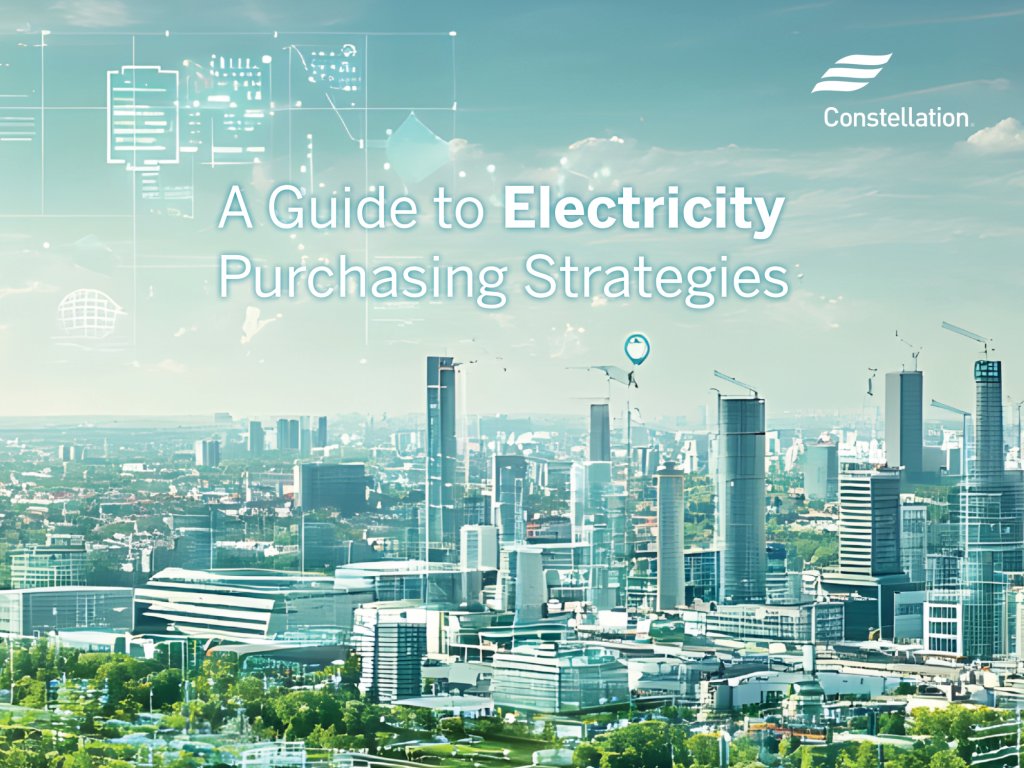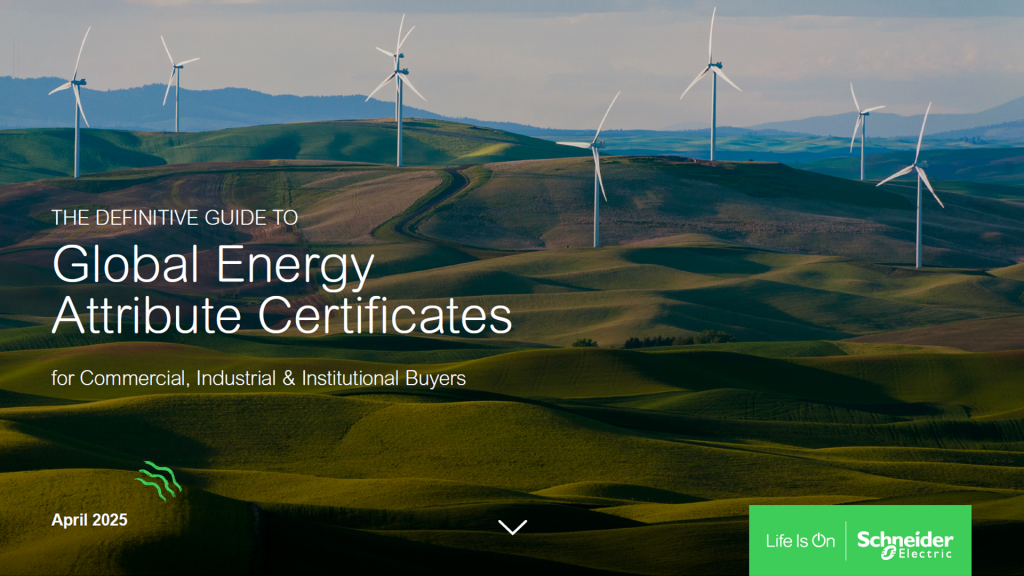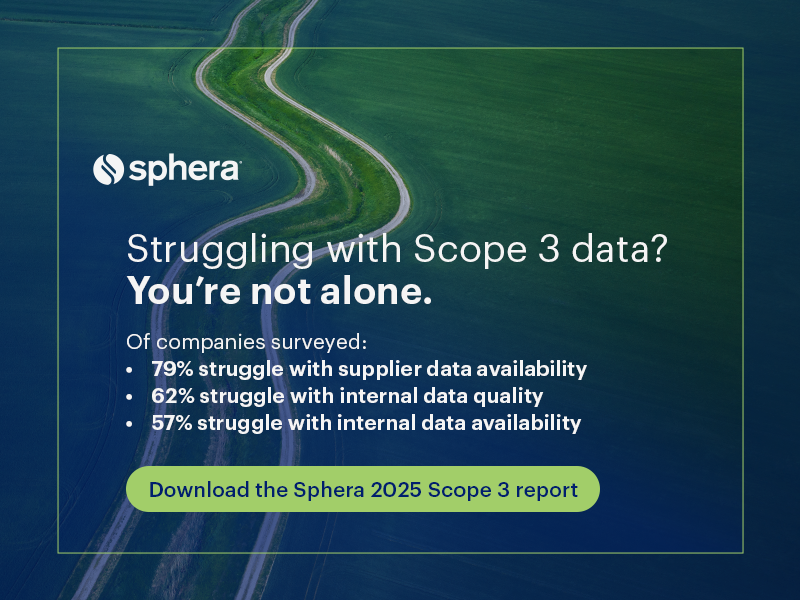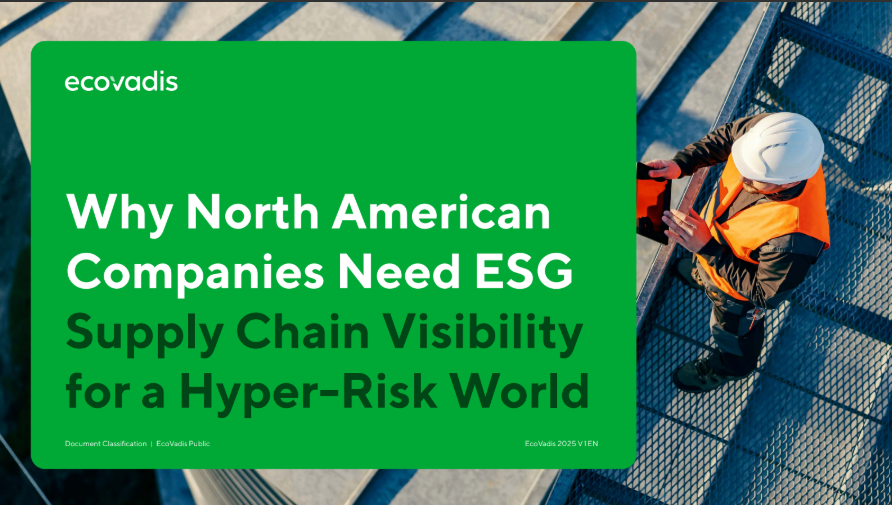The Eight Don’ts of Green Power Purchasing
What separates organizations whose green power purchases succeed from those that flounder? A new study of commercial green power buyers hopes to offer some insights. Through a detailed interview process with successful companies, the study, conducted by the Bainbridge Graduate Institute under the direction of Dr. April Atwood of the University of Washington business school, has identified common challenges that can derail renewable energy efforts. By Kevin Hagen, Shuksan Energy Consulting
Renewable energy is the fastest growing segment of the energy sector today. High-profile companies such as Clif Bar, Fed-Ex Kinko’s and Johnson & Johnson have achieved excellent results from on-site solar system, green energy contracting and Renewable Energy Certificates (RECs) or Green Tags. Yet despite these success stories, many more companies have failed in their attempts to incorporate renewable energy. What went wrong?
Mistake #1: Not Knowing There Is a Problem
Many companies make their biggest mistake before they even start, simply because they do not recognize the financial and environmental risks and liabilities associated with their energy use. Even for those that are sensitive to the issues, the green power industry is moving so fast that many are unaware of the many options available.
Over 90% of U.S. electricity is generated by burning fossil fuels or from nuclear power. According to the Environmental Protection Agency, electricity generation is the leading source of industrial air pollution and a significant source of green house gas emissions. Other emissions include Nitrogen Dioxide and Sulfur oxides, the main contributors to acid rain and smog, as well as particulate and heavy metals like mercury. Energy use affects the bottom line of every business and the health of each individual and community. Awareness of the financial and environmental costs of energy use is the first step toward a successful renewable energy program.
Mistake #2: Miscalculating costs
Many business decision makers assume green power solutions are either not available or too expensive, opinions which are often based on outdated or inaccurate information. Consider the following dramatic facts:
- Total renewable sales in the power markets grew 86% from 2002 to 2003, and the pricing landscape continues to change almost daily
- In the U.S., more grid-connected, solar Photovoltaic systems are now installed per month than in all of 2000 combined
- “Green tags,” or tradable renewable certificate sales, increased twelve-fold between 2002 and 2003, according to Green-e’s 2003 annual report
- Incentive programs introduced by local governments have cut PV system costs by 50% in some areas
- Over 550 utilities offer green power products
- Some green power products offer fixed-price features, due to the fact that sources such as wind have no fuel cost
At the same time, utility costs are going up and are increasingly unpredictable.
- Peak retail power prices in some areas have reached 30 cents per KWh
- More non-KWh charges from peak load fees to local taxes increase the real cost of power even more quickly than the base KWhr price
- Many utilities add surcharges to their tariffs, passing on the cost and risk of unpredictable natural gas markets
Businesses who say, “We looked at that a few years ago and it didn’t pencil out,” are very likely missing the boat. With renewable energy options increasing rapidly and traditional utility costs becoming more risky and expensive, a business can’t afford not to consider green energy alternatives.
Mistake #3: Missing the Full Business Value of Green Power
Another possible mistake is to overlook the fact that green power brings additional value beyond the KWh price. Most organizations have a sophisticated purchasing process to make “best value” decisions for goods and services. This accounts for product quality, supplier performance and other factors, which reflect the total cost of doing business, not just the price of the item being purchased.
The same principle applies to power purchasing. Green power benefits include long-term fixed pricing, surcharge avoidance, employee satisfaction, customer loyalty and positive public relations. Suppliers frequently offer promotional benefits, such as advertising the purchase. Customer loyalty to firms perceived as responsible citizens, or the increased productivity by employees motivated to work for a company with strong sustainability values can be priceless. What was the value to Domaine Carneros Winery when a photo of their new solar PV system appeared on the front page of the New York Times Sunday Business section (Oct. 12, 2003). These paybacks clearly drive up the value proposition of Green Power.
Mistake #4: Failing to Do the Homework When Making the Choice
A common mistake is to buy the first or most popular product offered without doing the homework. Acting on the first offer can result in a purchase that doesn’t fit the need and can end up badly. Before you buy, do the homework on issues such as:
- How much renewable energy is in the product? Some suppliers offer “blended” products which mix sources, some of which might not be green at all.
- How “green is green”? Environmentally preferred electricity can be generated in many ways such as from solar, wind, geothermal, landfill gas and many other sources. While all of these are preferred to conventional generation, after you buy is not the time to learn that your “green” power came from burning municipal solid waste.
- Is local or regional generation important to you or your audiences?
- Does the product have a third party certification such as Green-e, proving that the supplier is subject to audit and the power came from approved sources.
Different sources of green energy come with varying environmental benefits and customer perceptions, and consequently the pricing reflects those issues. A little homework will go a long way toward a successful purchase.
Mistake #5: Failing to Work as a Team
Buying electricity is traditionally the job of one person or department with a limited view of the whole operation. To achieve the full value and thus the pay-back of a green power purchase it requires input and leverage from several areas. For example, a facilities manager may have the right technical information but the marketing director may have a budget and the tools to create a communications plan. Successful green power purchasing requires a cross-functional effort that identifies and adequately quantifies all of the benefits for the business as a whole. The best way for an organization to build a successful business case for renewable energy and reap maximum benefits is through teamwork.
Mistake #6: Lack of Communication
Some of the most powerful benefits of green power purchasing stem from the impact on people inside and outside of the organization, but these benefits will not be realized without clear, timely and accurate communication. Even if the firm is not interested in a classic “PR,” failure to inform employees and other stakeholders about this positive environmental and financial step is like leaving money on the table. Potential partnerships and additional, innovative ideas for profitable sustainability will be missed. Effective communications could be as simple as a story in the company newsletter or a website. Be sure the information accurately identifies the product and correctly states any financial and environmental benefits. If specific environmental claims are made it is a good idea to have them verified first by a neutral party.
Mistake #7: Resting on Your Laurels
Sustainable business efforts, just like other operational initiatives, are most successful when approached as a continuous improvement process. This means measuring results, showing benefits and leveraging them for further efforts. Next steps could include increasing usage of green power or rolling out other sustainable business efforts with confidence. It is important for Stakeholders to see that the purchase was not simply a one-time, feel-good event, but a part of long term process.
Mistake #8: Going It Alone
Buying green power is not as complicated as many other products and services organizations buys, but the fact that it is a new and quickly changing field creates challenges. Seeking objective help can minimize risks, reduce procurement time and maximize paybacks. There are many sources of help. Peer-to-peer networks can get you started, and you could call a company already using green energy and ask their advice. New market adopters often share a sense of entrepreneurial camaraderie and are usually willing to share their knowledge and experience.
The EPA Green Power Partnership helps organizations purchase renewable energy and offers excellent reference material and “how to” guides online. The Department of Energy Office of Energy Efficiency and Renewable Energy manages the Green Power Network. The Center for Resource Solutions Web site offers many excellent resources. Finally, industry consultants can objectively help companies evaluate their needs and options, build the internal business case and implement a successful program.
Whether you choose an on-site solar system or green power contract, renewable energy can be both a financially and environmentally responsible choice. With a little planning and homework, any business or institutional buyer can avoid the most common mistakes, and put into place a successful program that saves money, cleans the environment and garners support and loyalty from stakeholders.
——–
Kevin Hagen is principal of Shuksan Energy Consulting, a leading business advisor on sustainable energy and green power procurement strategy. He has helped many organizations plan and implement successful renewable energy efforts.









